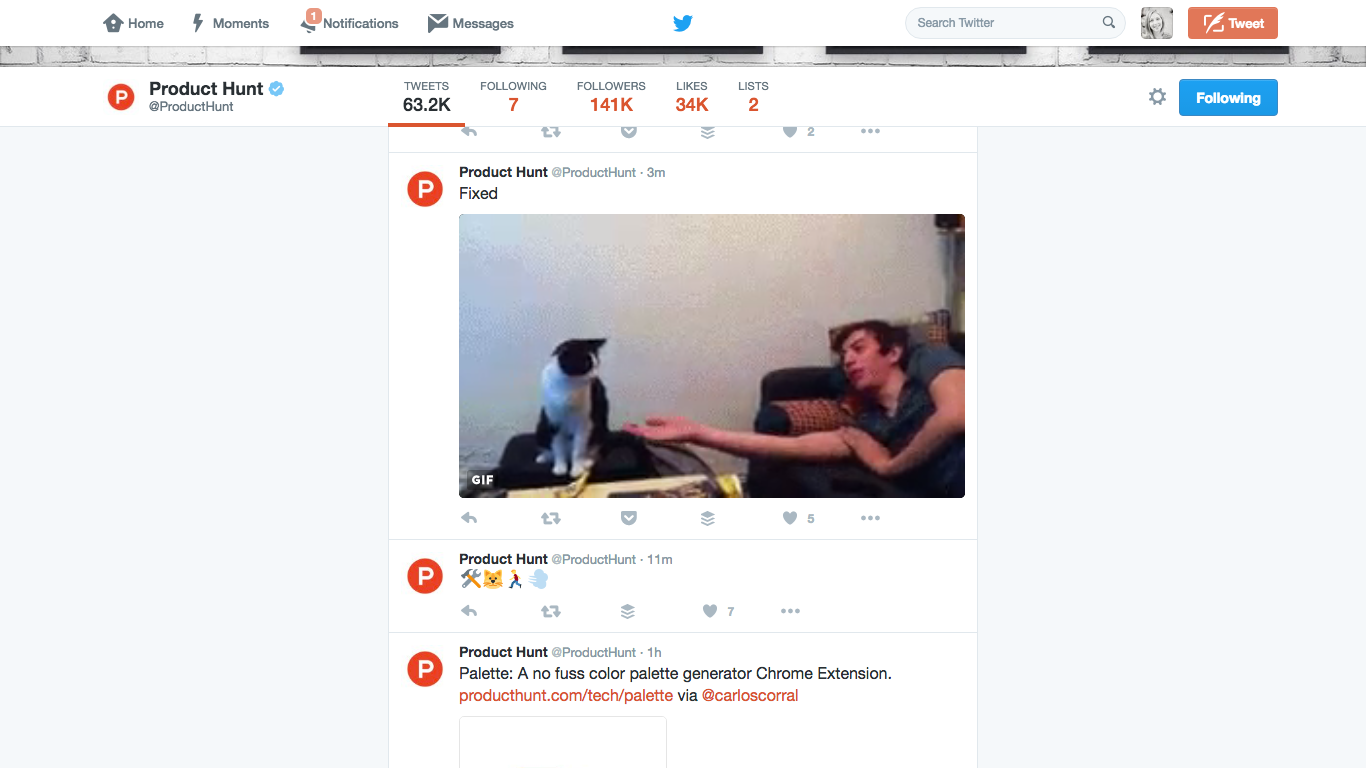
As a year-round gym-goer, I’ve seen how dramatically our ranks swell when the New Year rolls around.
The previously quiet space is suddenly filled with panting, glistening, spandexed newbies. Although a small portion of them will still be around next January, most will be long gone.
Yet if I worked out at a CrossFit box, rather than a traditional gym, I’d completely miss this mass influx and exodus.
That’s because CrossFit members are twice as likely to still be showing up, day in and day out, when December rolls around.
CrossFit has clearly developed a winning customer retention strategy — with lessons that can be applied to nearly any business today.
Let’s look at the three pillars of CrossFit’s strategy and how you can use them to implement loyalty in your own customers.
1) Shared Values
I’ve joined gyms in Boston, New York City, San Francisco, L.A., and San Diego—and not once have I felt a kinship with those gyms.
CrossFit members, on the other hand, feel a deep (almost spiritual) connection to the brand. That’s because CrossFit has a baked-in philosophy and mission.
According to the main CrossFit site, “workouts are based on functional movements,” reflecting the “best aspects of gymnastics, weightlifting, running, rowing and more.” In other words, CrossFitters aren’t just exercising to counter-act their brownie habit—they’re exercising to prepare themselves for “any physical contingency—not only for the unknown but for the unknowable, too.”
That’s definitely not a universal attitude toward working out — but it’s instrumental in CrossFit’s success.
A study from the Corporate Executive Board found that 64% of brand relationships come from shared values — versus 13% from frequent interactions.
2) Sense Of Community
Going to the gym is typically pretty solitary. Everyone arrives and leaves at different times; plus, most people choose their own workout. However, CrossFit classes start at set times—and one of the hallmarks of the program is that everyone tries the same workout.
CrossFitters say there’s a true intimacy to surviving a grueling workout with other people.
“(It’s) everybody working out, the shared suffering, the camaraderie of people working out together,” says Rich Froning, a six-time CrossFit Games winner.
When a CrossFitter meets a physical goal, cheering and high-fiving isn’t just nice, it’s almost obligatory. And after class, some CrossFitters say they relive the workout by texting about it with their friends.
Texting also comes into play when you miss a workout: Some boxes will check in to make sure you’re okay.
As you can see, CrossFit has transformed a relatively independent activity into a hyper-communal one.
3) Unique Traditions
People truly become obsessive about a product or company when it comes with its own set of traditions and jargon. After all, feeling like you belong is a fundamental human need.
CrossFit members absolutely have special practices and terms. For example, each workout is called a “WOD,” or “workout of the day.” Some of the workout sections get nicknames, such as “Fran,” or “Murph.” The facility is elevated beyond the traditional gym to a “box.” Finally, many CrossFitters become Paleo, meaning they shun food that wasn’t around during the Paleolithic era.
There’s even an annual CrossFit Games, which is basically the Olympics of the sport. It’s broadcast on ESPN and attracts more than 250,000 participants.
Once you’re in CrossFit, you can use these tells to see who else is in. As a result, you feel like you’re part of an exclusive group.
Using These Lessons To Boost Retention
Even if CrossFit isn’t your workout or choice or you don’t buy into some of the stuff we mentioned above, there’s no doubt that CrossFit has truly built a community around their product.
Now that we’ve boiled down CrossFit’s success into three main factors, here’s how you can start apply these to your own brand.
Shared Values
It’s easier to create a lifestyle around some products than others. Yet CrossFit’s not the only company that’s done it—think Apple, GoPro, and even Slack. Start by solidifying your values internally, so that absolutely every employee has the same idea of what you stand for and how you do things.
Since your employees are on the front lines, encouraging them to practice your values is crucial. If you notice an example of your values in action, share it with the whole team so everyone can learn from it.
Next, make sure that philosophy is incredibly visible to your audience: not only should you have it on your site, but you should cite it in your blog posts, emails, social media posts, webinars, presentations, and so forth.
Sense Of Community
The most successful companies create relationships between employee and customer, and also between customer and customer.
You might not have challenging workouts to bring your customers together, but you can definitely still facilitate bonding.
Step one: create an open forum. If you don’t already have a Slack, Facebook, or LinkedIn group for your customers, make one immediately. This online venue gives people a chance to collaborate, share their successes and failures, and ask each other questions.
If you really want to invest in this strategy, you can set up your own discussion portal.
Squarespace is a great example: Because the community has more questions and conversations than the support team can answer, Squarespace started Squarespace Answers.
For a less labor-intensive approach, hold open chats.
GrowthHackers and Product Hunt are always hosting AMAs—while you might not be able to bring on guests of that caliber, you can definitely still find people in whom your audience will be interested.
You can also run AMAs on Reddit, Inbound.org, Twitter, or even on a webinar.
Unique Traditions
This aspect of CrossFit’s strategy is probably the hardest to copy, since traditions usually form organically. But that’s not to say it can’t be done.
First, spend some time in your online communities looking for existing traditions or lingo. Again, Product Hunt is a fantastic source of inspiration. Since members of the community are always using GIFs and emojis in their comments, the company has embraced GIFs and emojis in its social media posts, website copy, and branding.

Next, look for ways to use your product to delight your customers. Google’s doodles are a fantastic example; back in 2000, Larry Page and Sergey Brin asked one of their interns to create a sketch for Bastille Day, and it was so popular the company kept the tradition going.
Uber should inspire your efforts as well. The ride-sharing company uses “events” to share the love with its customers, score some press, and introduce new people to the service. The list of successful events is far too long to include here, but some of the most famous include Uber Kittens (on-demand kittens), Uber Ice Cream (on-demand soft-serve), and Uber Sky (a Valentine’s Day promotion that let people order sky-written messages).

Finding these opportunities within your company isn’t easy, but once you do, capitalize on them.
Customer retention is a tricky beast to wrangle—but if you follow CrossFit’s lead in building an amazing community first, you should see your customer loyalty start to sky-rocket.



